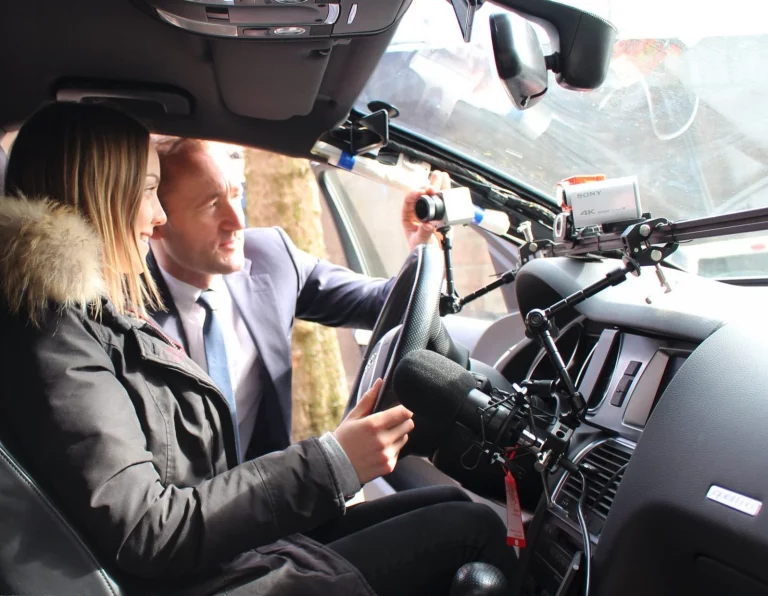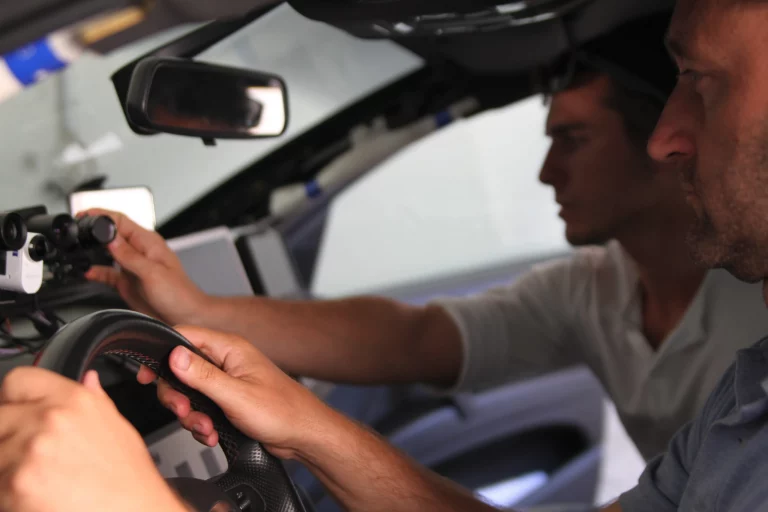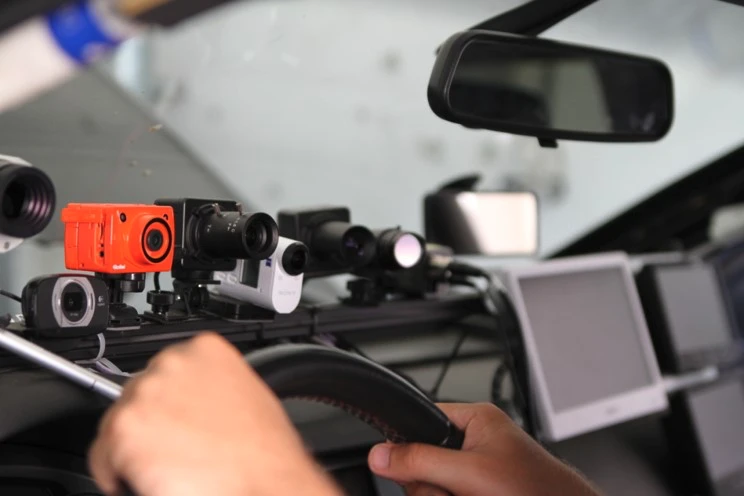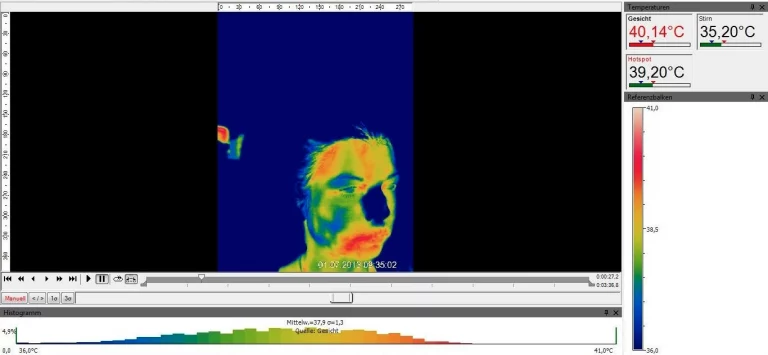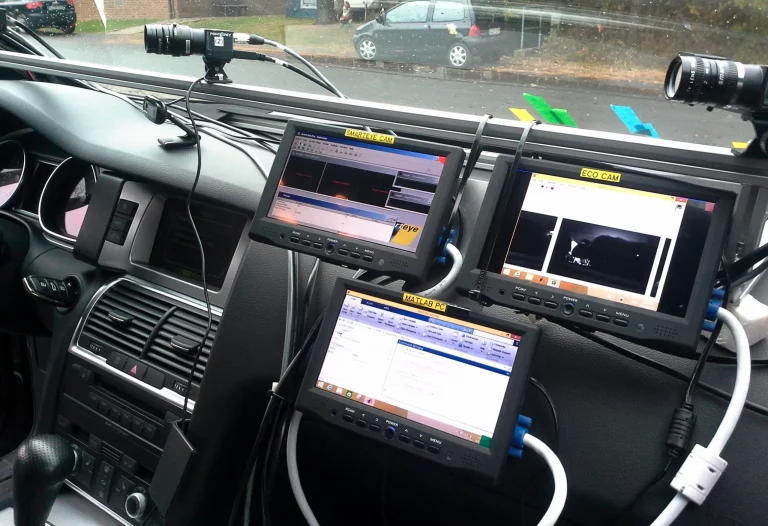Driver State Detection
What is Driver State Detection?
Driver state detection is a safety-critical system designed to continuously monitor the physical and mental condition of a driver while operating or occupying a vehicle. Its primary purpose is to assess whether the driver is alert, attentive, and capable of performing driving tasks safely. This becomes particularly vital in the context of automated driving systems, where control may need to be transferred back to the driver due to system limitations or situational demands.
In such scenarios, the driver state detection system plays a key role in ensuring a safe and reliable handover by evaluating whether the driver is in a suitable condition to regain control of the vehicle. The system integrates and analyzes multiple real-time input streams – such as physiological signals, behavioral indicators, and gaze or posture data – to determine readiness and detect signs of fatigue, distraction, or cognitive overload.
The overarching goal is to provide a robust assessment of the driver’s physical and mental state, enabling proactive safety interventions and facilitating a smooth transition between automated and manual driving modes.
Implications
In advanced driver state detection systems, a multi-functional state monitoring module captures various dimensions of the driver’s mental condition. This includes indicators related to stress, fatigue, distraction, aggression, and other affective or cognitive states. These data are continuously transmitted to a deep learning algorithm capable of performing real-time analyses.
By integrating multimodal sensor inputs – such as facial expression, eye movement, voice, posture, and physiological signals – the system generates a comprehensive assessment of the driver’s current state. The algorithm interprets these data patterns to identify deviations from normative behavior and determine whether the driver is approaching a critical threshold of cognitive or emotional overload.
When such thresholds are reached, the system can issue context-sensitive alerts to prompt the driver to refocus attention, take a break, or prepare for manual control in automated driving scenarios. This real-time feedback loop enhances driving safety by enabling early detection of risk states and supporting adaptive interventions before hazardous situations arise.
Benefits
Despite increasing driving comfort and the growing adoption of automated driving systems, safety remains the paramount priority in modern vehicle development. Rising safety requirements continue to drive manufacturers and suppliers to advance innovative driver assistance technologies.
The assessment of the driver’s state is a key component in the context of automated driving. In situations where autonomous driving is no longer available or applicable, manual vehicle control becomes critical.
To develop a reliable and trustworthy system capable of recognizing varying levels of driver awareness, physiological and audio-visual markers play a central role. These indicators enable the accurate detection of cognitive and emotional states, thereby significantly enhancing safety in partially and highly automated driving scenarios.
Successful Projects
Sudden sickness, distraction, and mind wondering detection by camera and audio based approaches for hand over situations in autonomous driving
Camera-Based Monitoring of Safety-Critical Driver Conditions
Evaluation of multiple fatigue intervention systems
Multimodal physiological measurements of mental workload for evaluating ADAS

